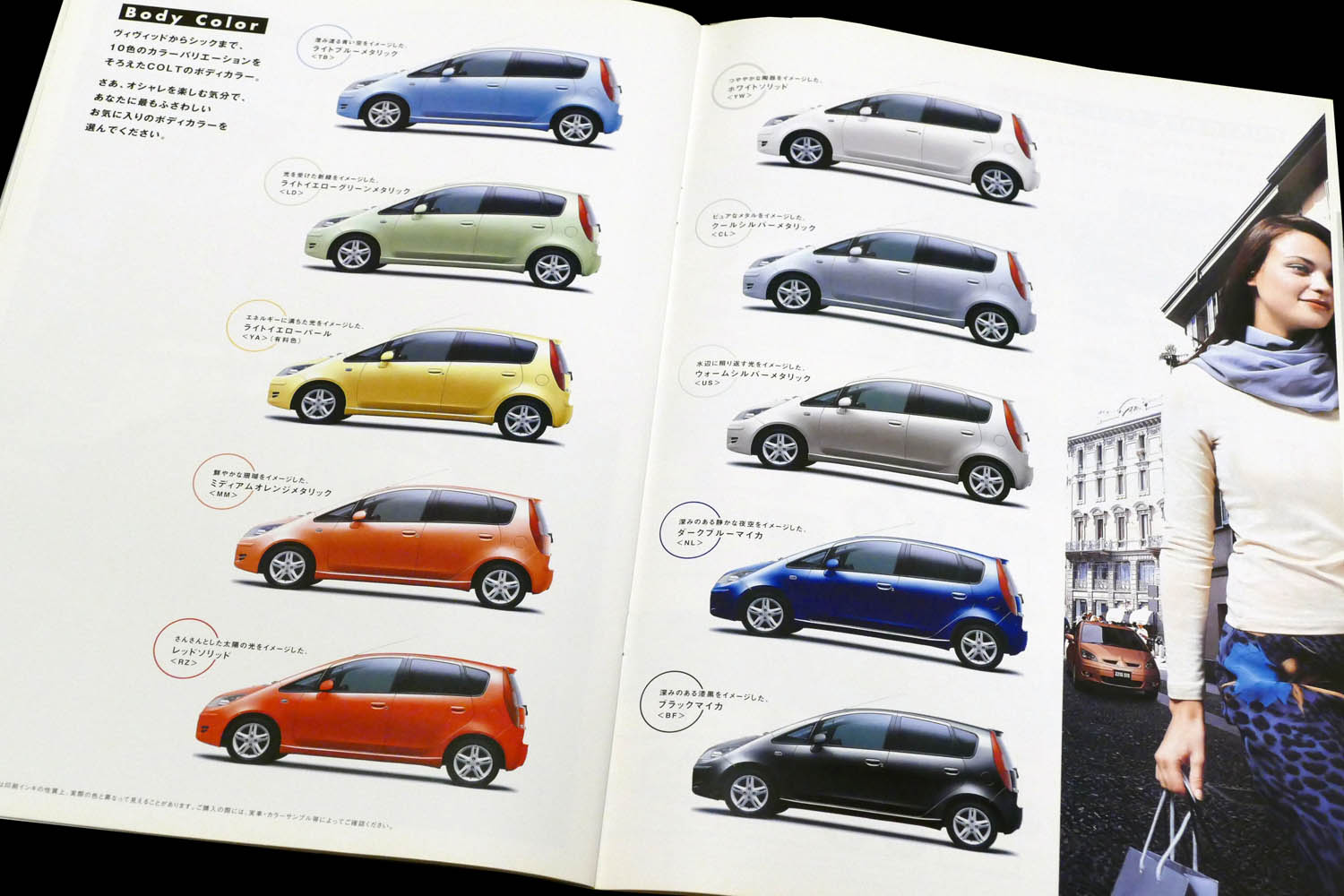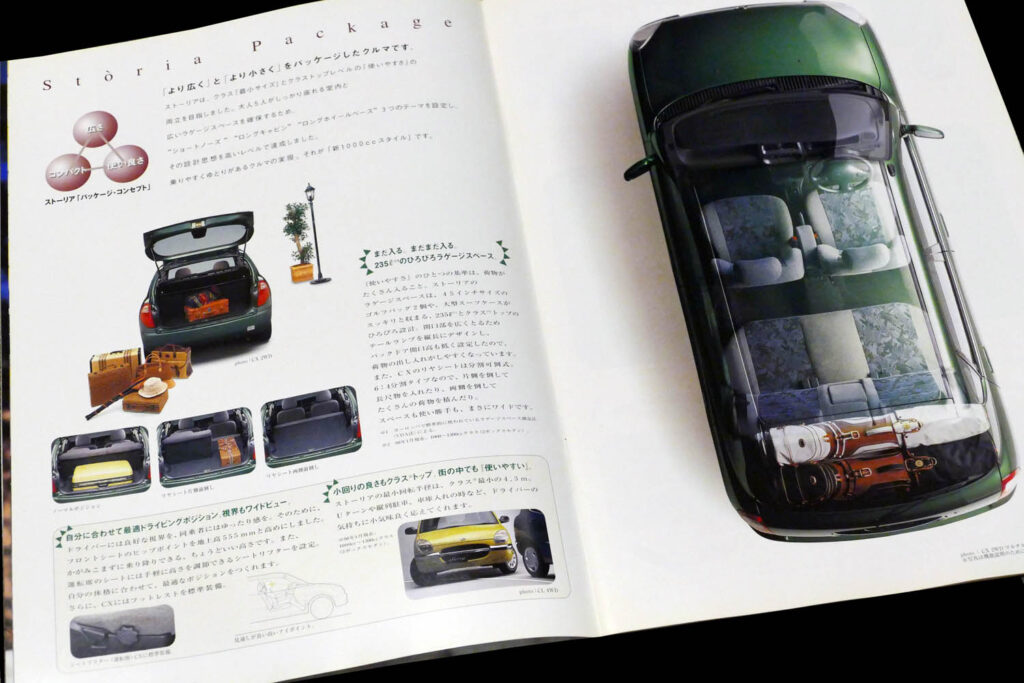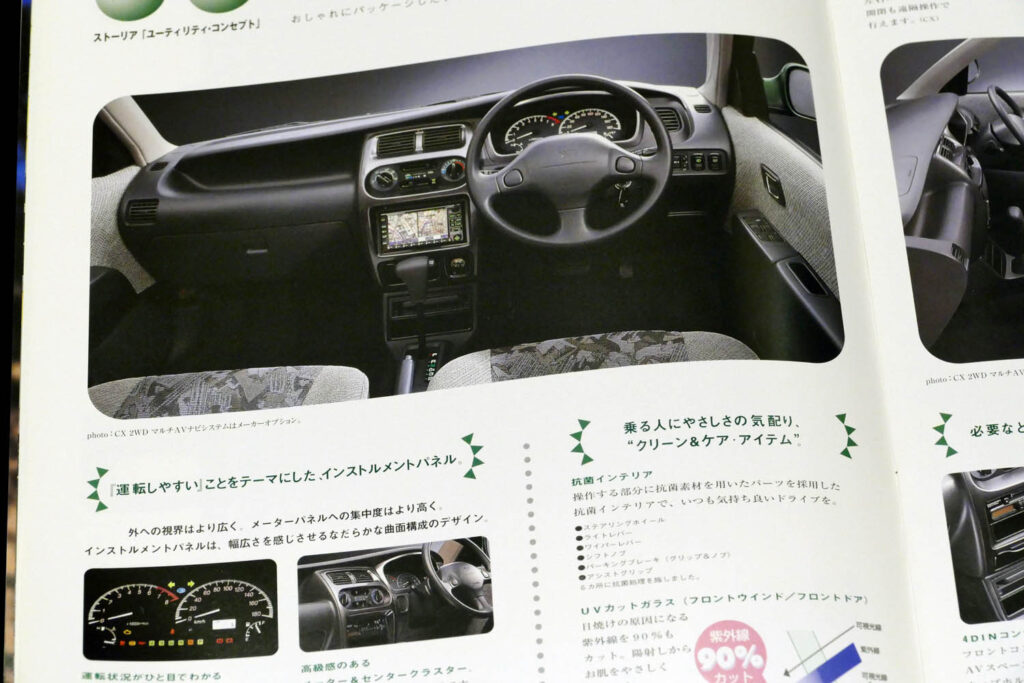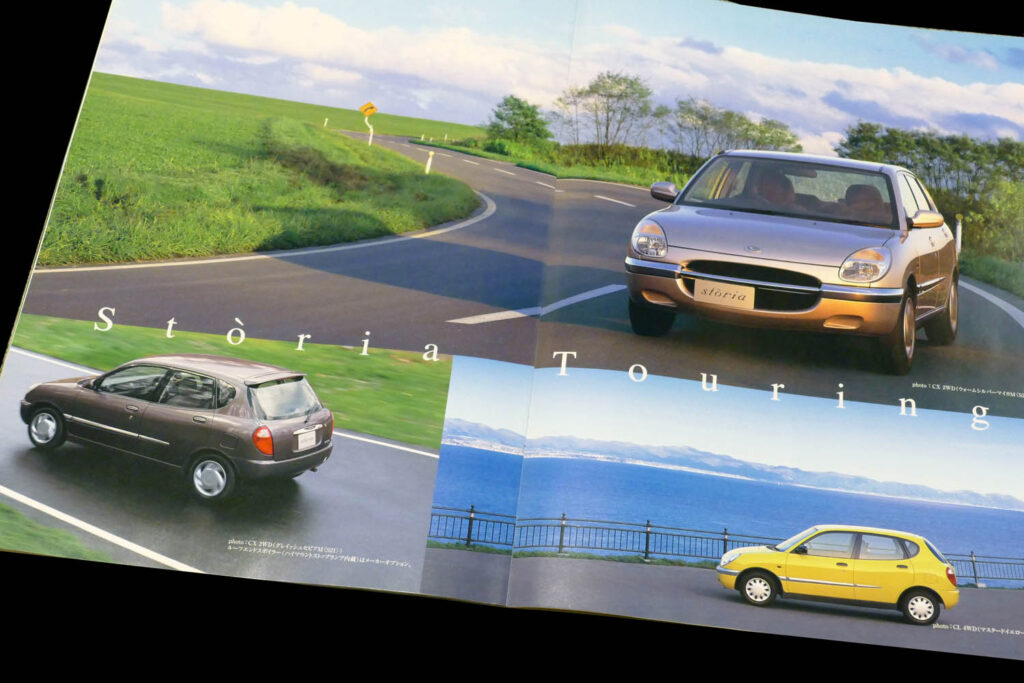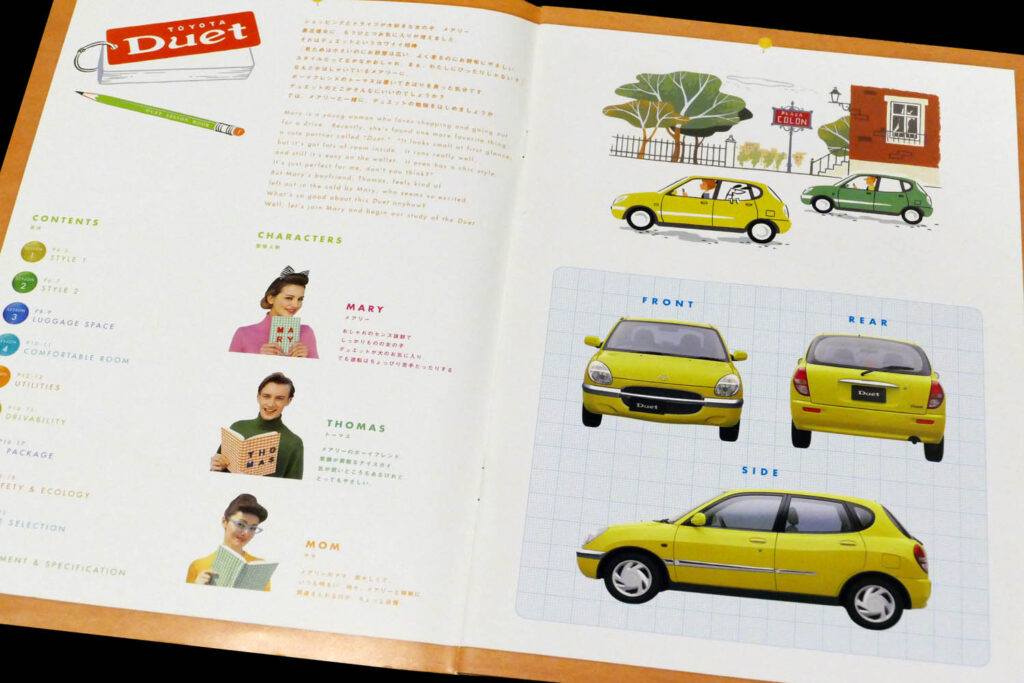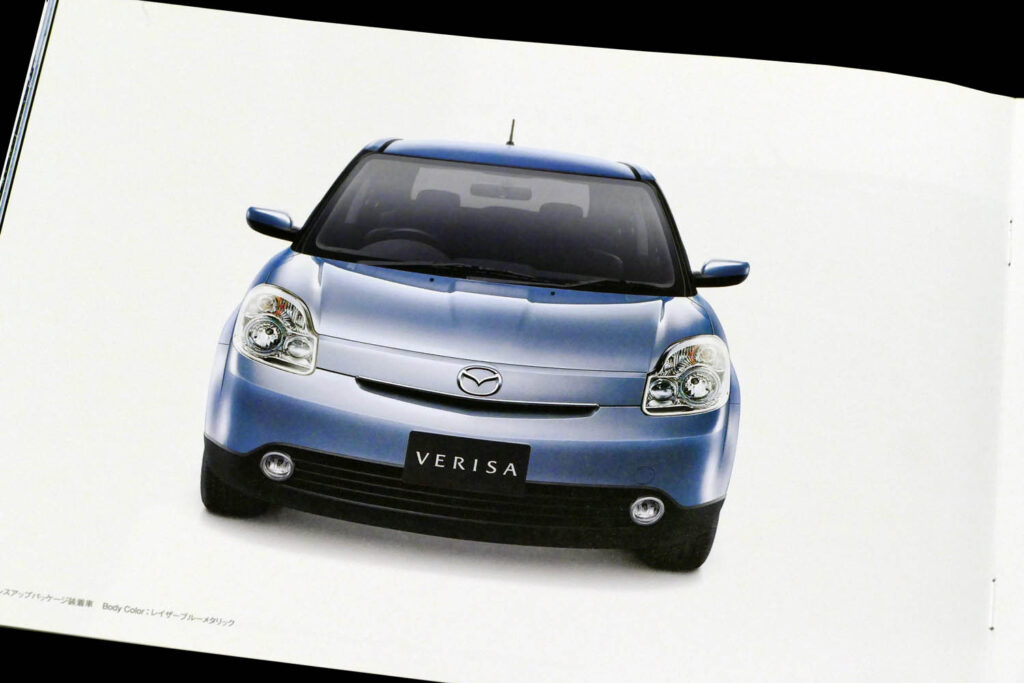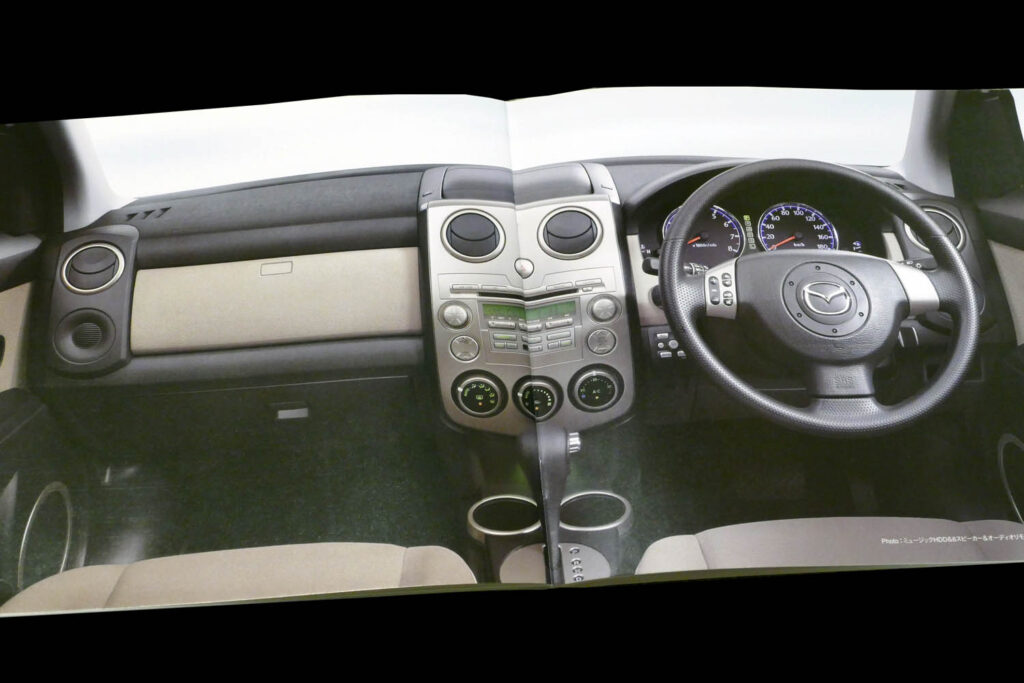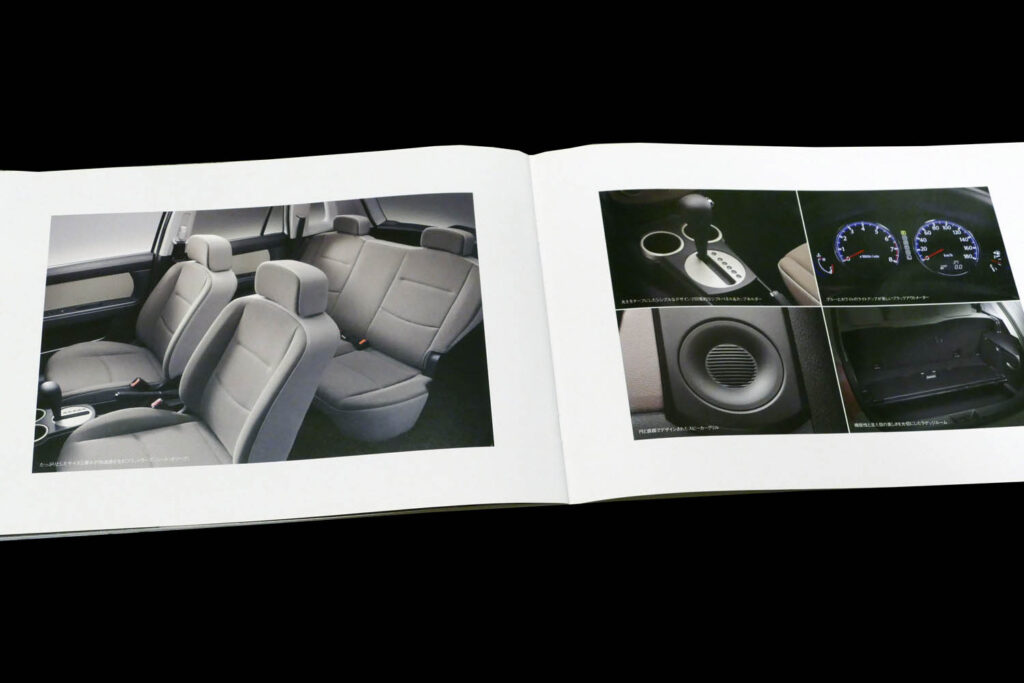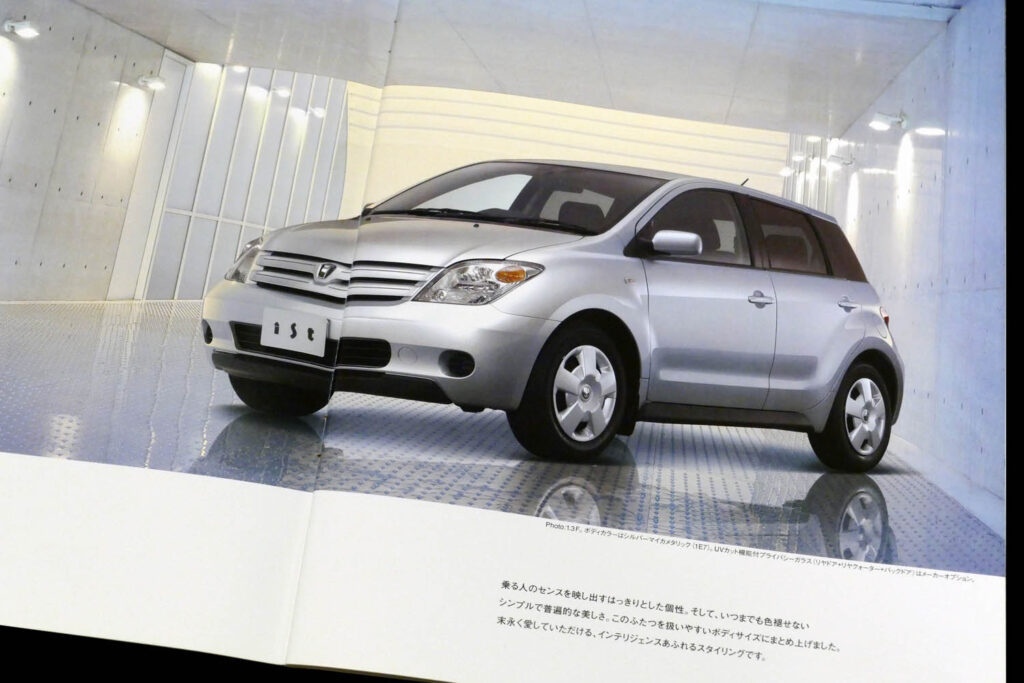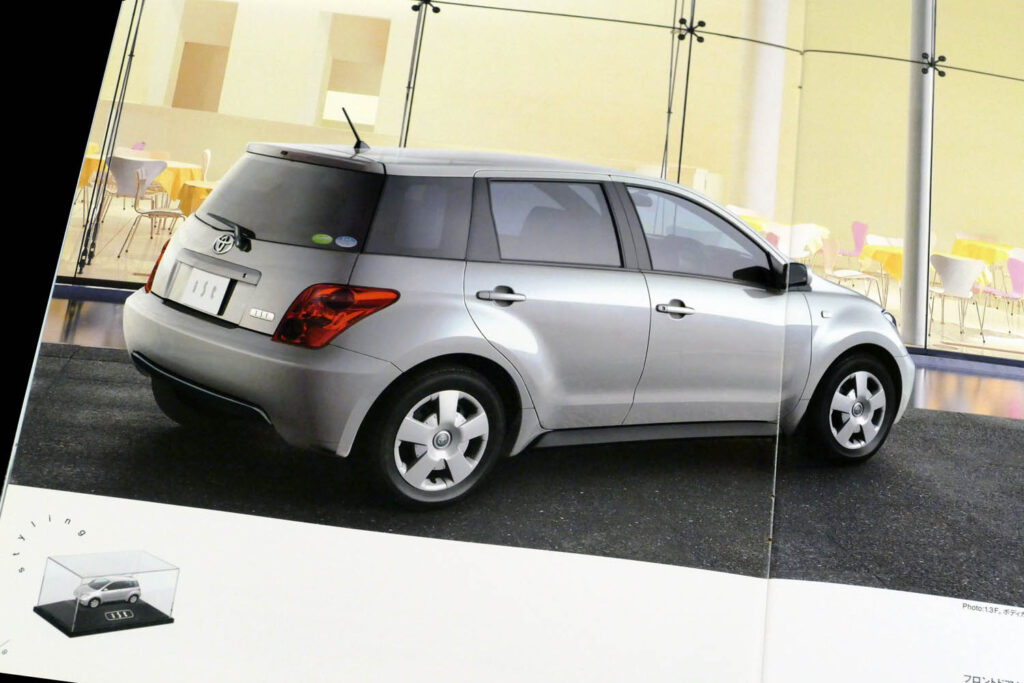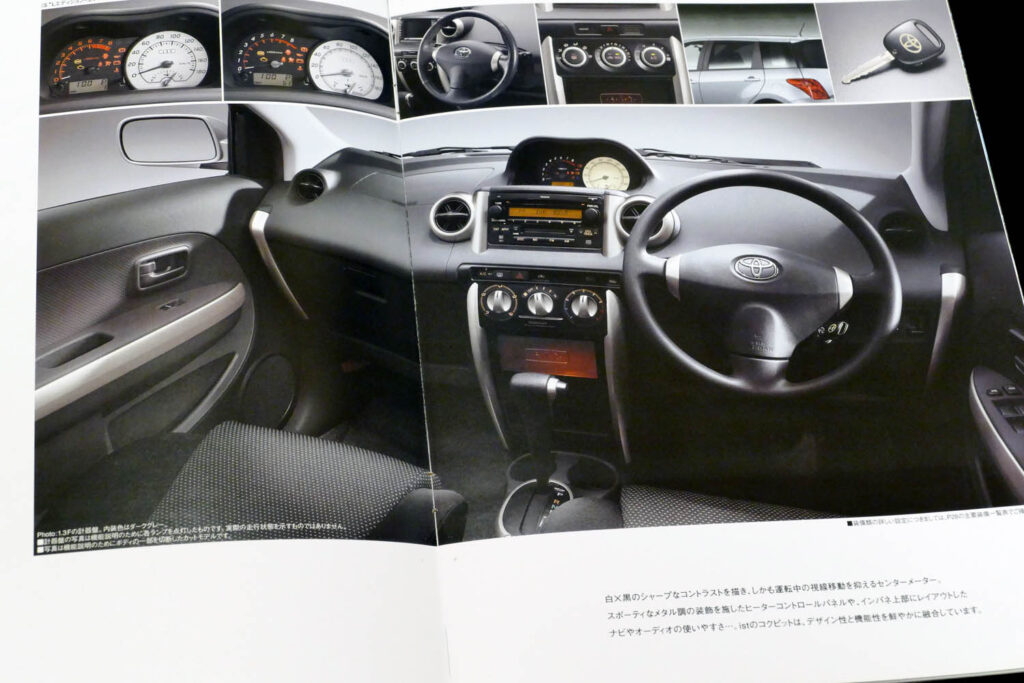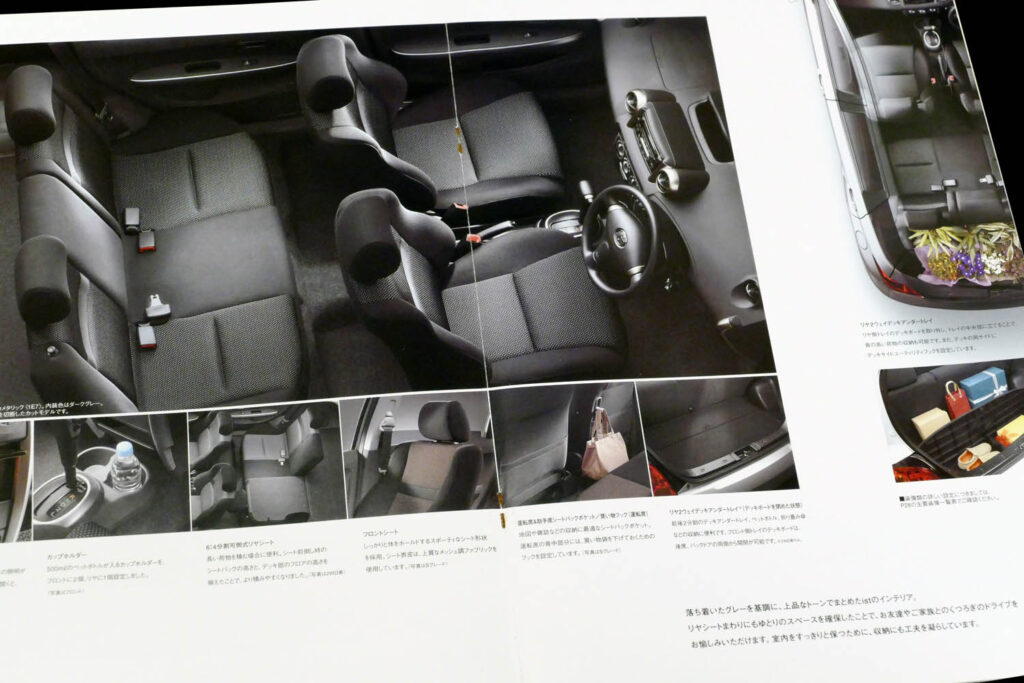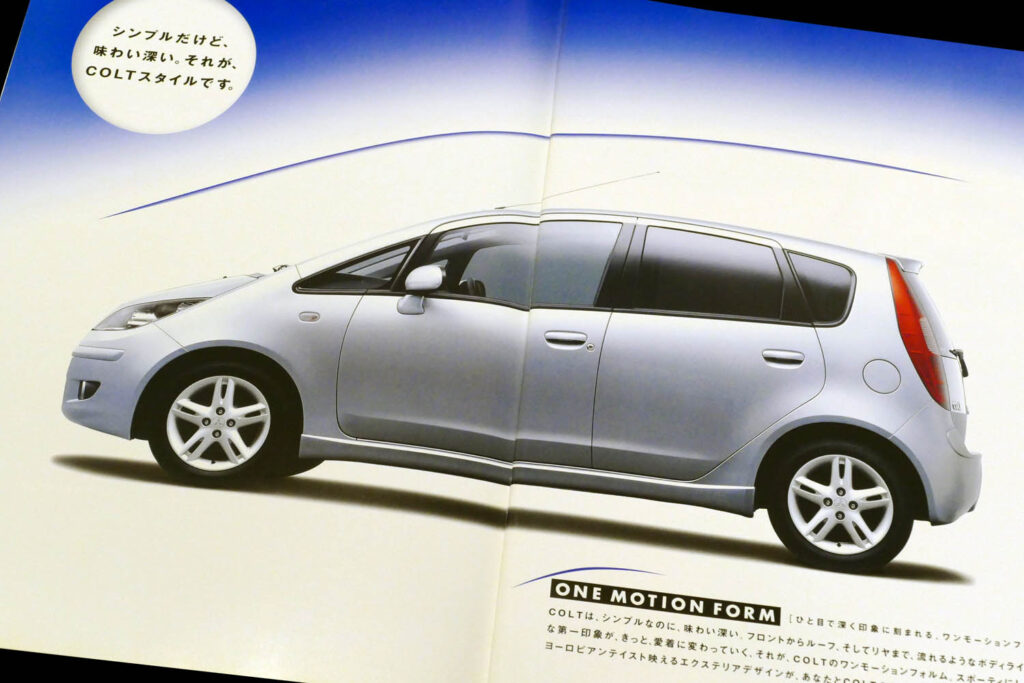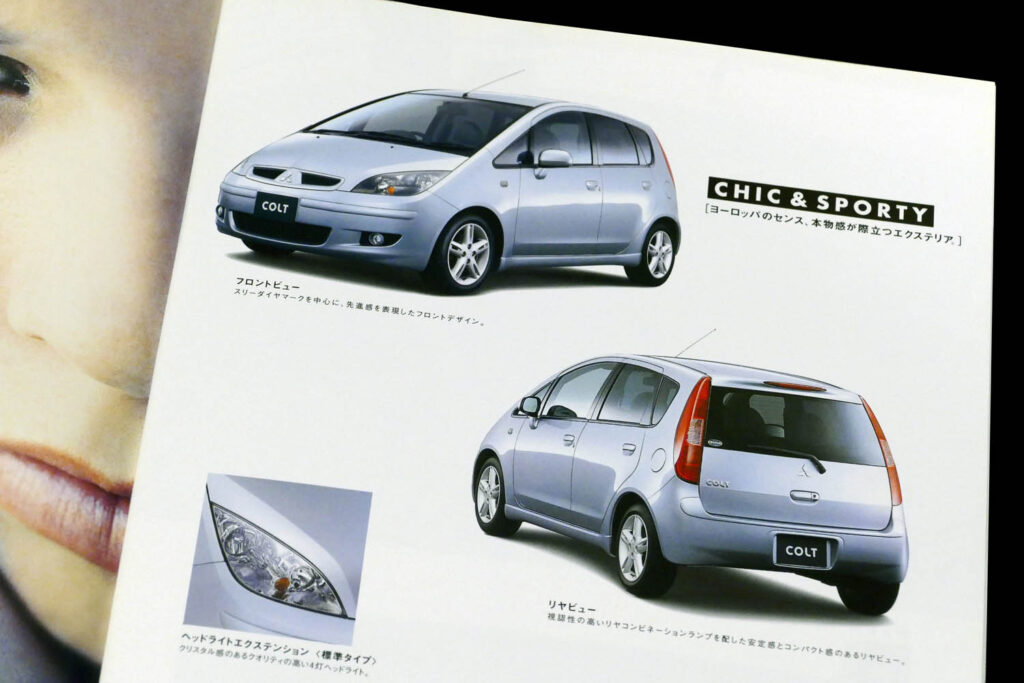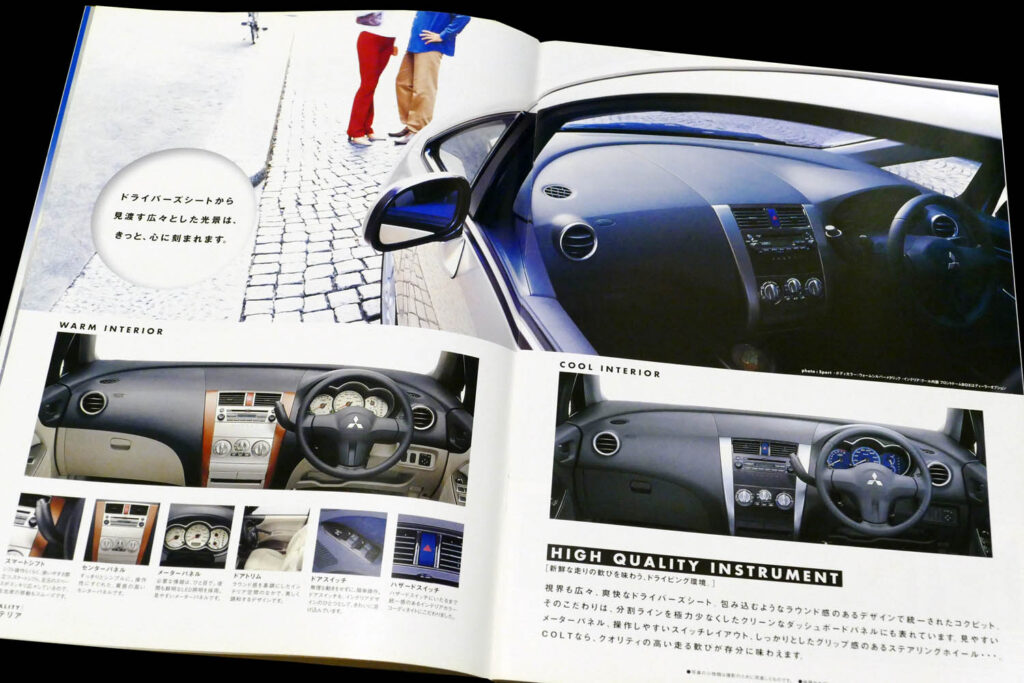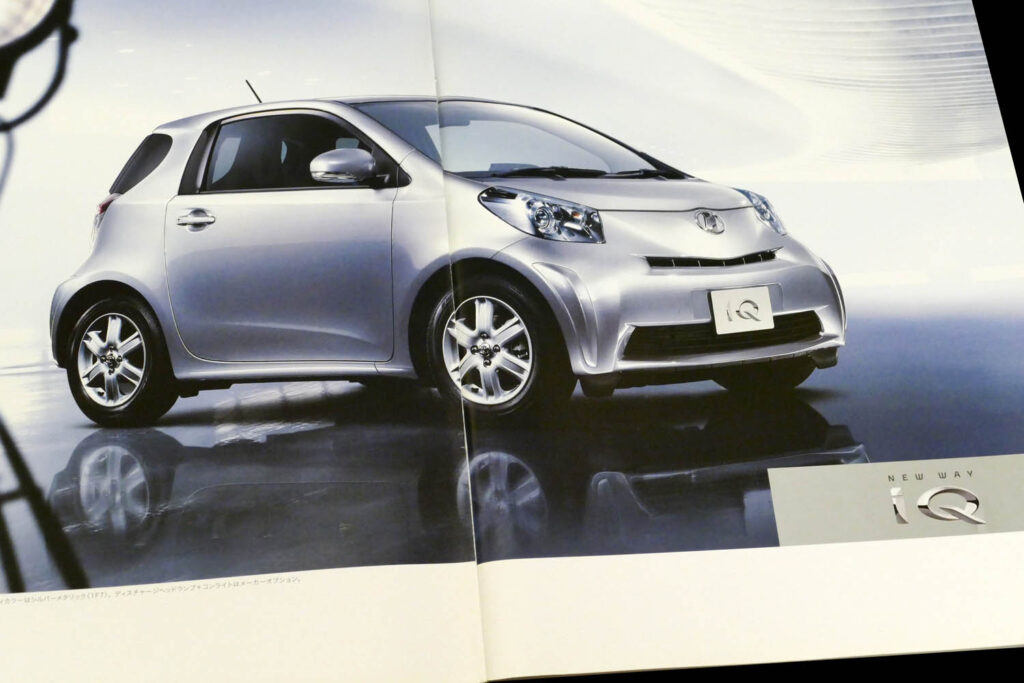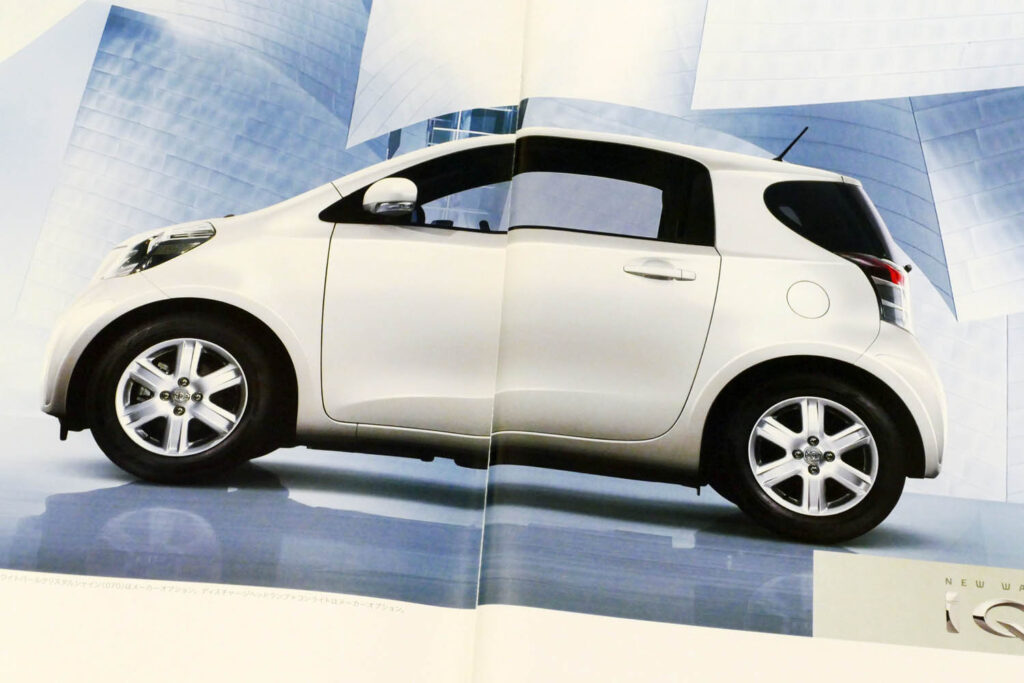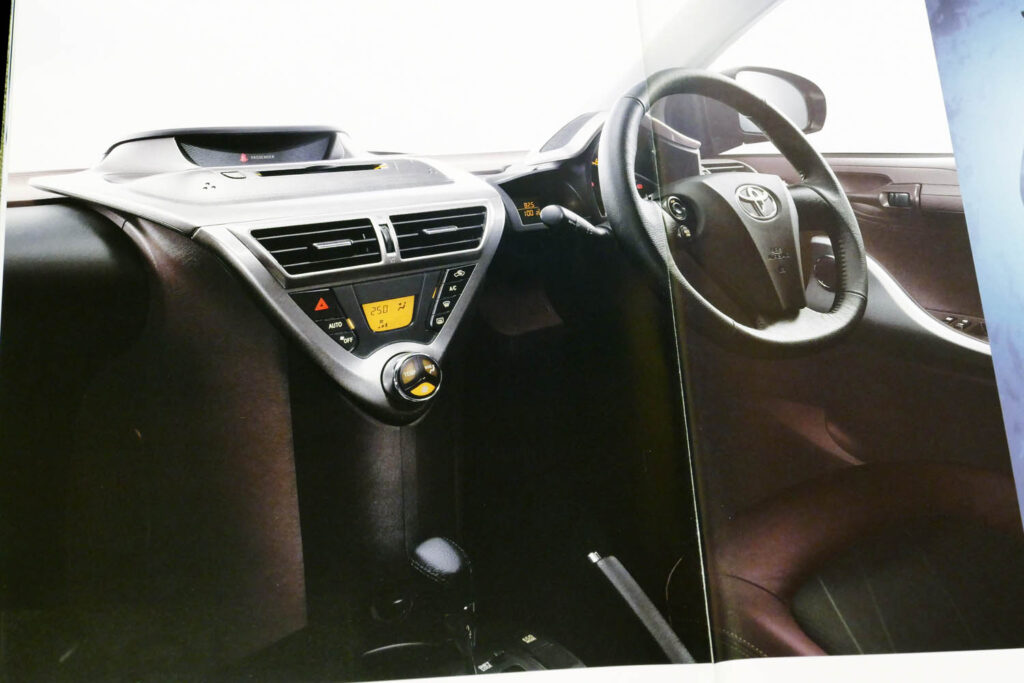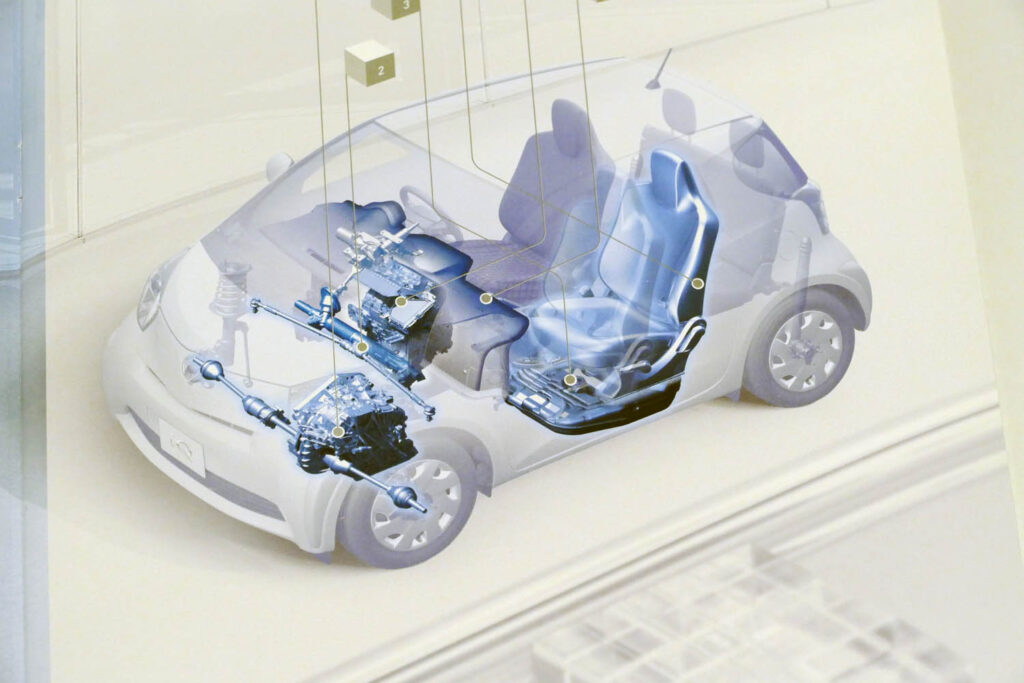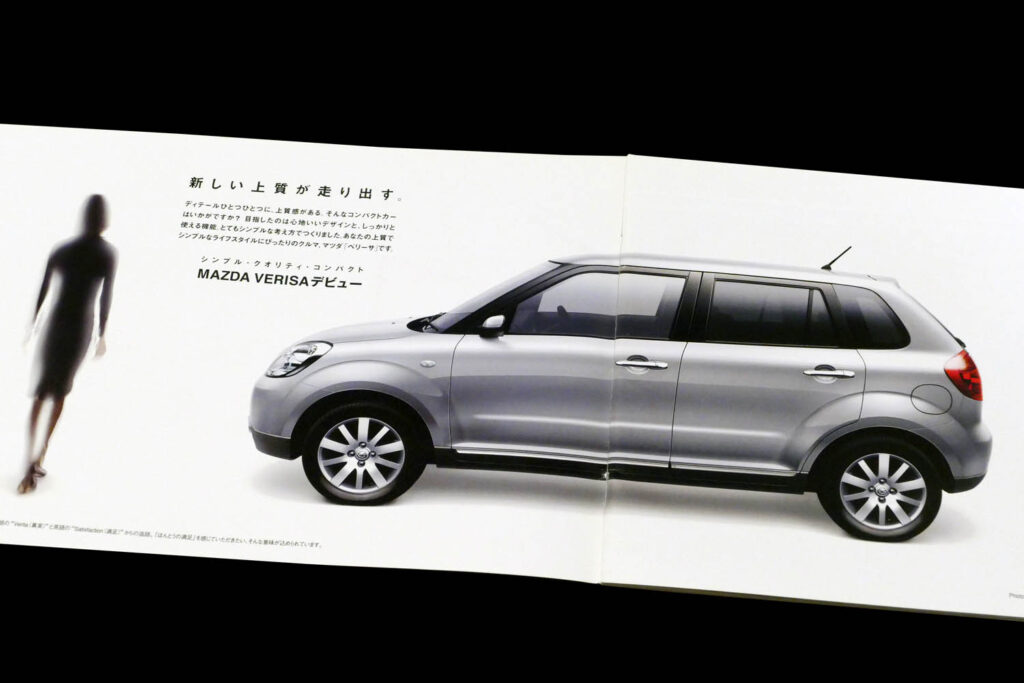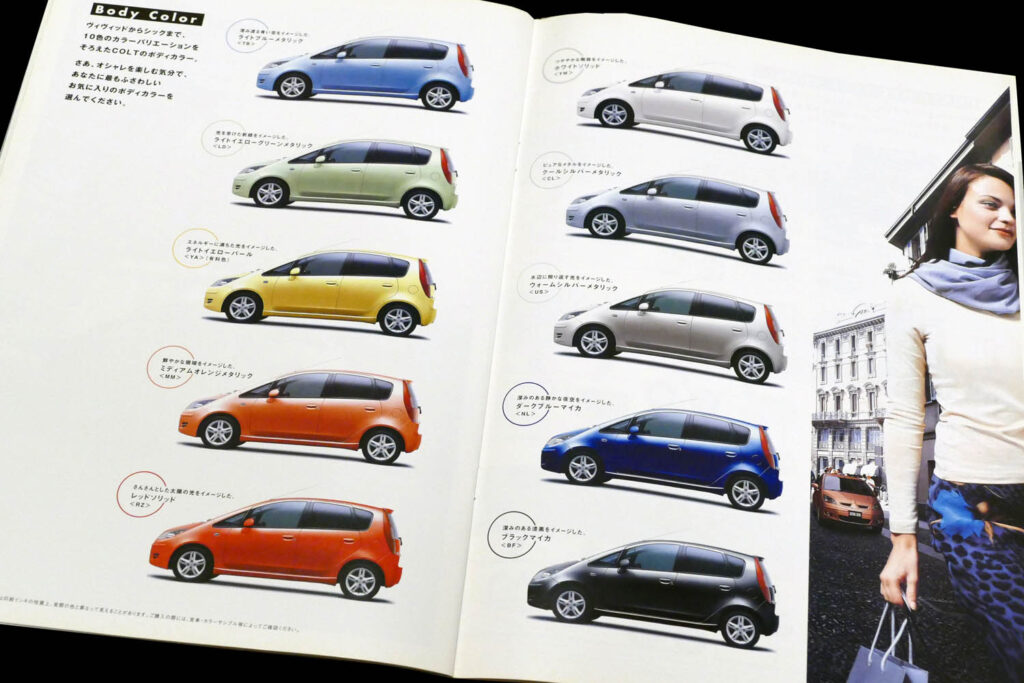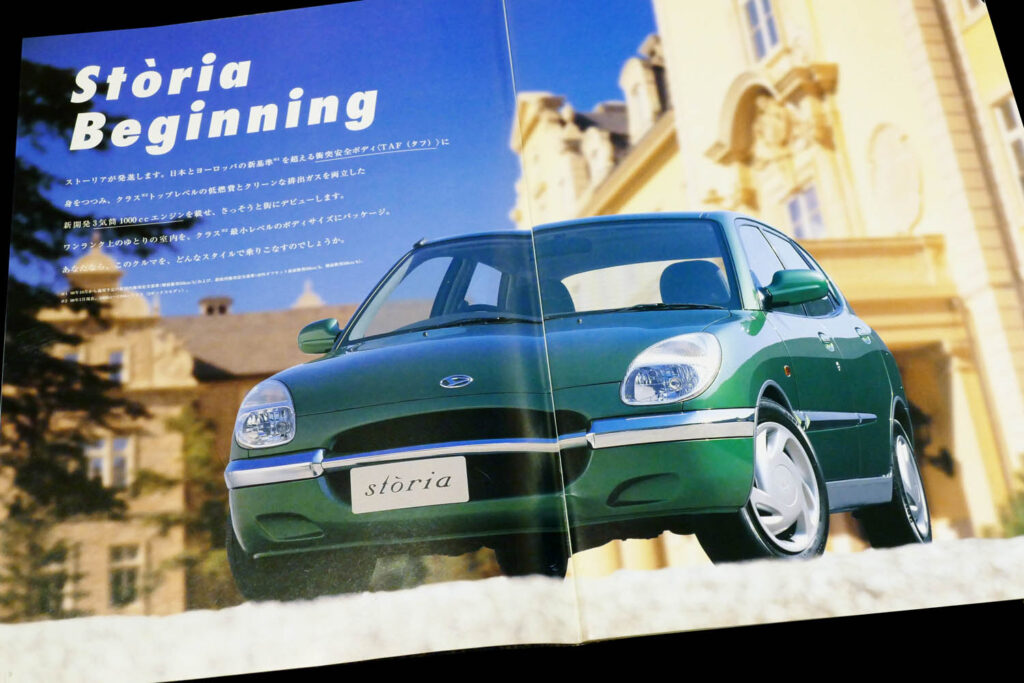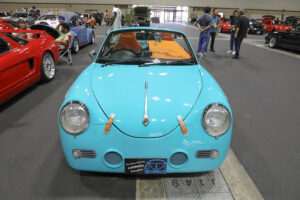Toyota Ist: the SUV-type compact that came too soon
The Toyota Ist (ist), introduced in 2002, was based on the Vitz. While a car of the same generation was the multi-purpose ‘FunCargo’ with the same origins, the Ist was a ‘too-early SUV-type variant’, or should I say ‘too-early’.
The features of the Ist were a high overall height of 1535 mm (or 1530 mm), combined with large 15-inch diameter tires, making it a very usable car, and the 4WD models (and FWD 1.3L models) had a minimum ground clearance of 175 mm, making it not only a looker, but also a manoeuvrable car.
In my personal opinion, it was also characterised by a simple, friendly style that looked like a Bunbuku tea kettle in the back, and a casually pleasing interior design with a centre console accentuated by two pillars like the Range Rover and R50 ‘Mini’. The MD, CD and AM/FM multi-electronic tuner integrated 2DIN audio system with a built-in MD deck, which could play back up to 320 minutes, is also nostalgic today.
Mitsubishi Colt: shared the platform with the Smart Forfour
It sounds like a litmus test paper, but if you associate the Mitsubishi ‘Colt’ with the names and appearance of 1960s Colts such as the 600, 800 and 1000, then you have been a car enthusiast for quite some time. The ‘newer Colt’, on the other hand, is a revival of the same car name and was introduced in 2002.
But it’s been more than 20 years since the car was first introduced, so if you take 10 years as an ancient era, then it’s already two decades ago. What makes it feel like two decades ago is the fact that this car is based on a platform that was jointly developed at a time when Mitsubishi and Daimler-Chrysler were collaborating. The Smart Forfour was born from Daimler Chrysler at this time.
The styling was the handiwork of Olivier Bouley, head of design at Mitsubishi at the time. The one-motion body was innovative in its way. The interior was also space-oriented, with a 150 mm sliding mechanism for the rear seats. There was also a Ralliart version and a ‘Colt Plus’ with an extended rear overhang (the 2500 mm wheelbase remained unchanged) and more cargo space.
Toyota iQ: An A-segment microcar designed with the European market in mind
A concept car was exhibited at the 2007 Frankfurt Show (and Tokyo Motor Show); a mass-produced version appeared at the 2008 Geneva Show and made its official debut at the Paris Salon that year. This trend alone shows how much emphasis Toyota’s iQ placed on the European market, but with the second generation of the Smart appearing in 2007, it seemed as if it was going to be a big hit !? The iQ was introduced into the microcar market, which was thought to be a booming market.
The most striking feature of this car was its unique packaging, which combined an overall length of less than 3 m (2985 mm) with an overall width of 1680 mm to make it a viable car. The wheelbase was also 2 m short and the front and rear overhangs were trimmed to the limit. The minimum turning radius was a meagre 3.9 m. At the press test drive when the car was launched, a demonstration was held to show that it was even smaller than the Smart.
And surprisingly, it could seat four passengers, plus two more. The petrol tank was low-profile and placed under the floor, and behind the rear seats was the world’s first rear window curtain shield airbag. The engine was a three-cylinder 996 cc, the drive system was FF, and it was a very typical Toyota microcar, with consideration given to quietness, which would normally be discounted.
translated by DeepL





